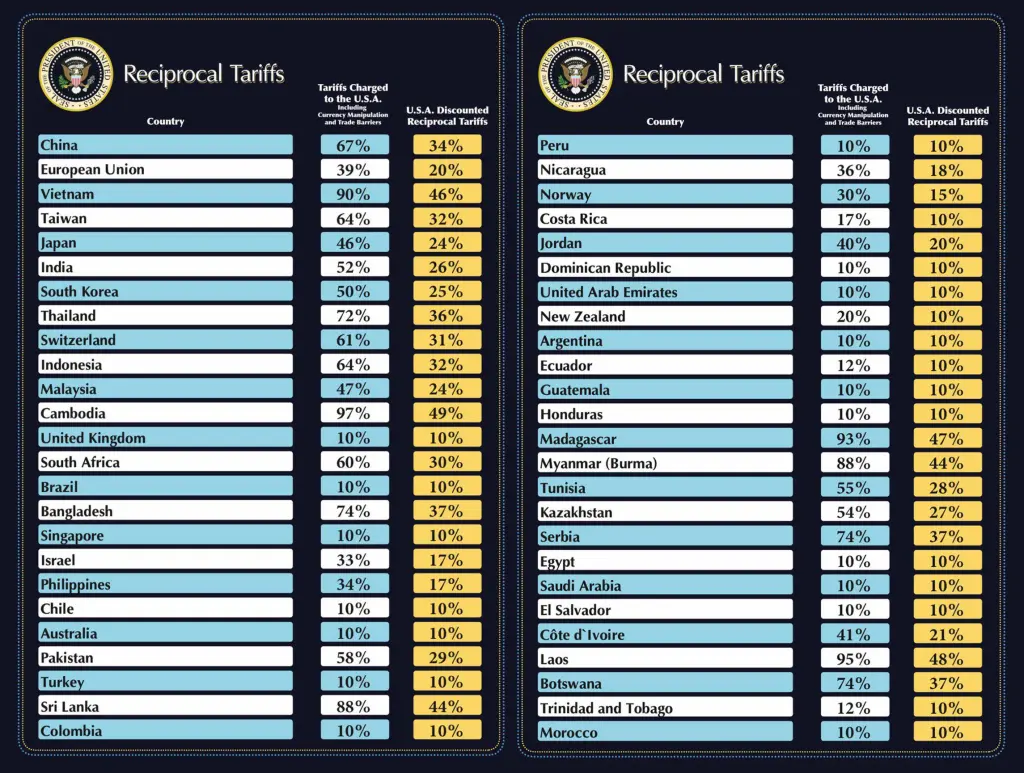Shanghai went under a full lockdown at the end of March under China’s zero-COVID tolerance policy. When cases allegedly rose, China extended the lockdown indefinitely. Shanghai hosts the busiest container port in the world, and its inability to operate is contributing to the supply chain crisis in a profound way. A member of the EU Chamber of Commerce’s Shanghai Chapter estimated that volume was down by 40% during the first week that the ports were prohibited from operating. There is no set date for when the port will resume operation.
It is estimated that the lockdown currently imposed has imprisoned an alarming 25 million Chinese citizens in their homes, but the implications of shutting down the world’s largest shipping port amidst a supply crisis will send aftershocks throughout the global economy. To understand how crucial Shanghai’s port is to the global flow of goods, the Port of Shanghai hosts over quadruple the volume of the Port of Los Angeles (one of America’s largest shipping ports).
Those in the industry warned that this would cause problems. One of the largest international container companies, Maersk, said that Shanghai’s shutdown would cause a 30% rise in trucking costs alone.
Some businesses are operating the “closed loop” system where employees are basically unable to leave their place of work. Still, the port cannot operate with the current restrictions as there are simply not enough available workers. This is completely unsustainable. China is throwing gas on the rapidly burning supply chain and inflation crises with their current policies that will be felt across the world.










